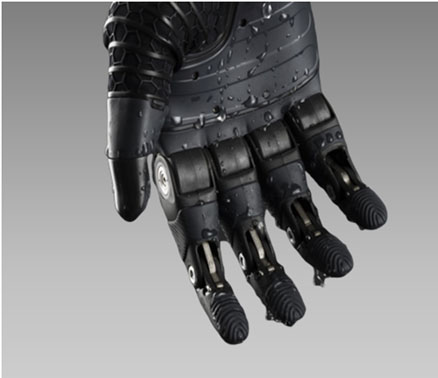Prosthetic Hand
Hand amputation is typically considered to be more devastating to body image adaptation and overall adjustment than the loss of a lower extremity. This is because arms as well as hands are an integral part of daily living, occupational functioning, and leisure activities. Thus, their loss is also more difficult to camouflage compared to the loss of a lower extremity.However, prosthetic fitting can take place earlier after the injury, and controlling the prosthesis especially for below-elbow amputees is mostly intuitive and easy to learn in an appropriate rehabilitation setting.There are 3 basic types of prosthesis:
- A cosmetic prosthesis is intended for appearance only and does not move.
- A conventional (or body-powered) prosthesis is attached to the body with a series of cables. By moving your body in different ways, you can move the prosthesis and also open and close the artificial hand.
- Myoelectric hand is the newest and most advanced form of transradial / Transhumeral prosthesis. It connects an electronic hand to the muscles of your arm. As the muscles contract, electrodes send out a signal to the artificial hand, causing it to move in the same way as your real hand would.

ASK THE EXPERT
If you have any queries regarding our products and service, give us a call on
+91 99450 28007 / +91 95916 48007. We are here to help you.










